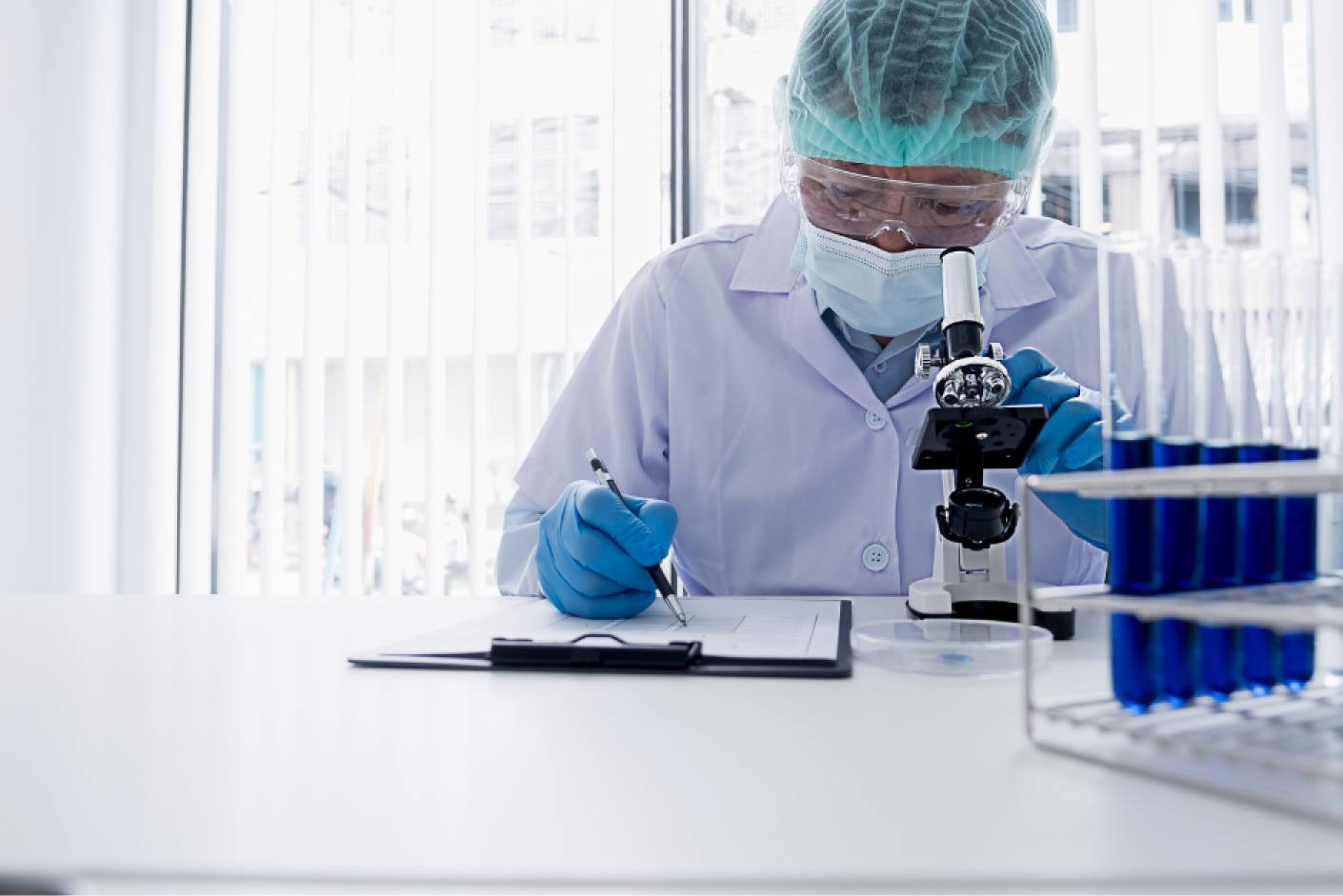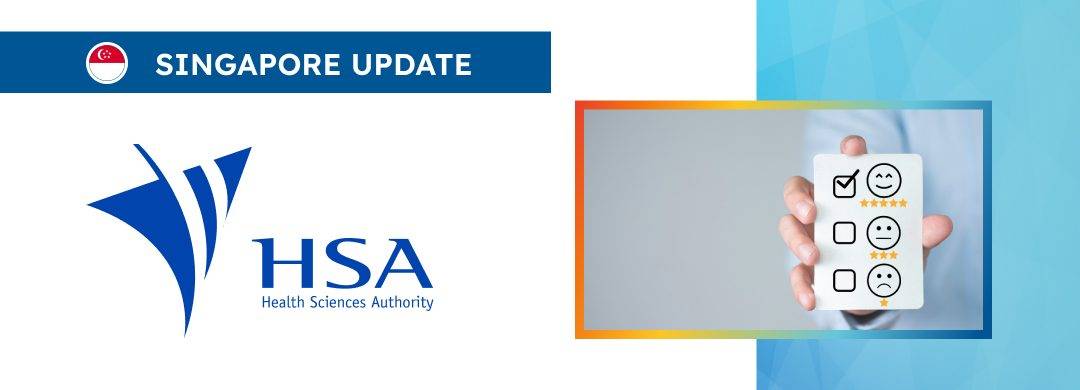The new article highlights the aspects related to data evaluation, appraisal, and also to the reports to be prepared by the parties responsible for clinical evaluation.

Table of content
The Health Sciences Authority (HSA), Singapore’s regulatory agency in the sphere of healthcare products, has published a guidance document dedicated to the clinical evaluation of medical devices.
The document provides an overview of the applicable regulatory requirements, as well as additional clarifications and recommendations to be taken into consideration by medical device manufacturers and other parties involved in order to ensure compliance thereto.
The authority also reserves the right to make changes to the guidance and recommendations provided therein, should such changes be reasonably necessary to reflect corresponding amendments to the underlying legislation.
According to the document, the process of evaluating clinical data for medical devices is a multi-staged approach, critical for ensuring the safety and effectiveness of these devices. The guidance highlights specific aspects and methodologies of this process and also outlines the key considerations associated thereto.
Purpose of Clinical Data Appraisal
As explained by the HSA, the appraisal of clinical data serves as a foundational step in understanding the merits and limitations of the data pertaining to a medical device.
In particular, this is a rigorous process where each piece of data is carefully scrutinized to ascertain its suitability in addressing key questions about the medical device.
This step is pivotal in demonstrating the safety and performance of the medical device, especially when considering any specific claims about safety or performance made by the manufacturer.
During the appraisal, the data is assessed for quality and relevance to the medical device.
This includes ensuring that the data is either generated specifically for the medical device in question or for a comparable device.
The importance of this step lies in the ability of the evaluator to conduct a rational and objective assessment of the information, enabling them to draw conclusions about the significance of the data in relation to the device’s performance and safety.

Further Appraisal and Data Subset Evaluation
The appraisal process also involves determining the contribution of each data subset to establishing the medical device’s safety and performance.
Evaluators examine the methods used to generate or collect the data, assessing the extent to which the observed effects, such as performance or safety outcomes, are attributable to the medical device and not to external factors like the natural course of the underlying medical condition or concurrent treatments.
This step is vitally important for ensuring that clinical data are not only collected in conformance with applicable regulatory requirements and standards but also relevant to the population for which the medical device is intended.
The absence of a single, well-established method for appraising clinical data means that evaluators need to identify appropriate criteria for each specific circumstance in advance.
These criteria should be applied consistently, with flexibility to adjust for different types of medical devices, especially those based on long-standing technology or lower risk.
Analysis of Clinical Data
Following the appraisal, the analysis stage involves making a benefit-risk determination.
The goal is to ascertain if the appraised data sets collectively demonstrate the clinical performance and safety of the medical device in relation to its intended purpose.
The methods for data analysis are generally quantitative or qualitative, with the latter being more common due to the typical development context of medical devices, which often involves limited clinical investigations and a high reliance on literature and experiential data.
The evaluation criteria developed during the appraisal stage are used to identify the main data sets vitally important for demonstrating the medical device’s performance and safety.
An exploration of these data sets is conducted to look for consistency in results, which increases confidence in the device’s performance when used for its intended purpose.
The authority also mentions that in cases where different datasets report varied outcomes, understanding the reasons behind these differences becomes especially important.
Final Considerations
The final step for the evaluator involves a comprehensive consideration of several factors.
These include the device’s performance as intended, safety for users and recipients, the balance of risks and benefits, compliance with essential principles, and the necessity for post-market clinical follow-up or post-approval studies.
Clinical Evaluation Report
At the end of the clinical evaluation process, a detailed report is compiled by a responsible party.
This report is a comprehensive document that outlines the scope and context of the evaluation, the clinical data appraised, and the conclusions drawn about the safety and performance of the medical device.
The authority additionally emphasizes the importance of ensuring that the report is clear and detailed enough to stand alone for regulatory review.
The clinical evaluation report should be signed and dated by the evaluators, with an accompanying justification for their selection by the product owner.
The format and detail level of the report may vary depending on the scope of the clinical evaluation. In some cases, it may reference earlier evaluations for comparable devices, thereby building a more comprehensive picture of the device’s clinical evidence.
Conclusion
In summary, the guidance provides a detailed overview of the stages and considerations involved in the appraisal and analysis of clinical data for medical devices.
The scope of the document also covers the aspects related to the report to be issued by a responsible party upon completion of the investigation.
How Can RegDesk Help?
RegDesk is a holistic Regulatory Information Management System that provides medical device and pharma companies with regulatory intelligence for over 120 markets worldwide. It can help you prepare and publish global applications, manage standards, run change assessments, and obtain real-time alerts on regulatory changes through a centralized platform. Our clients also have access to our network of over 4000 compliance experts worldwide to obtain verification on critical questions. Global expansion has never been this simple.

